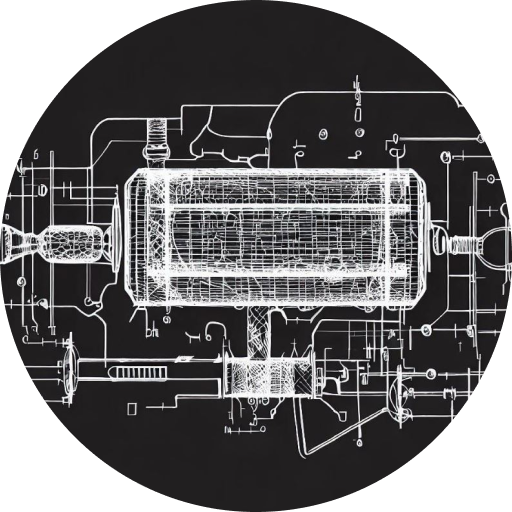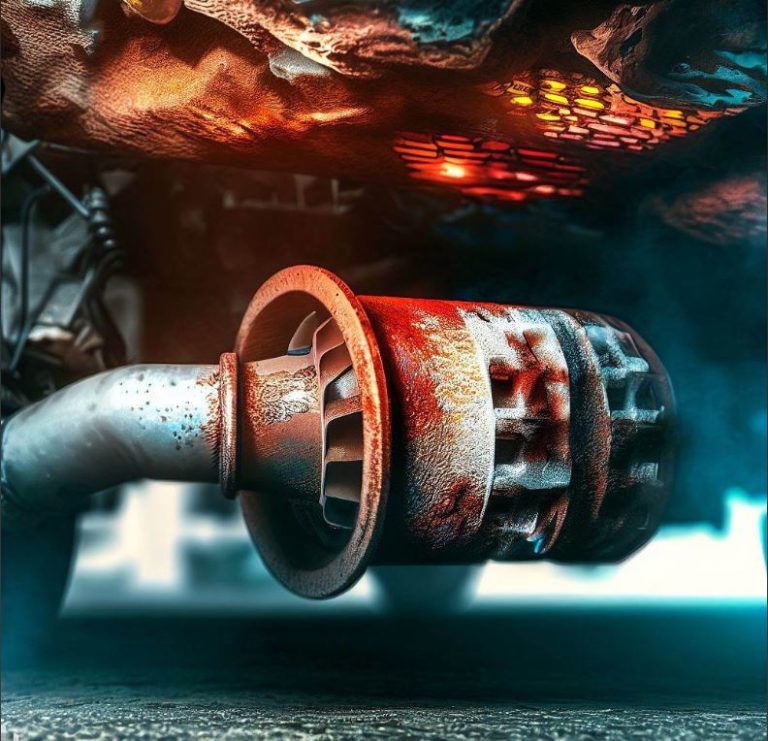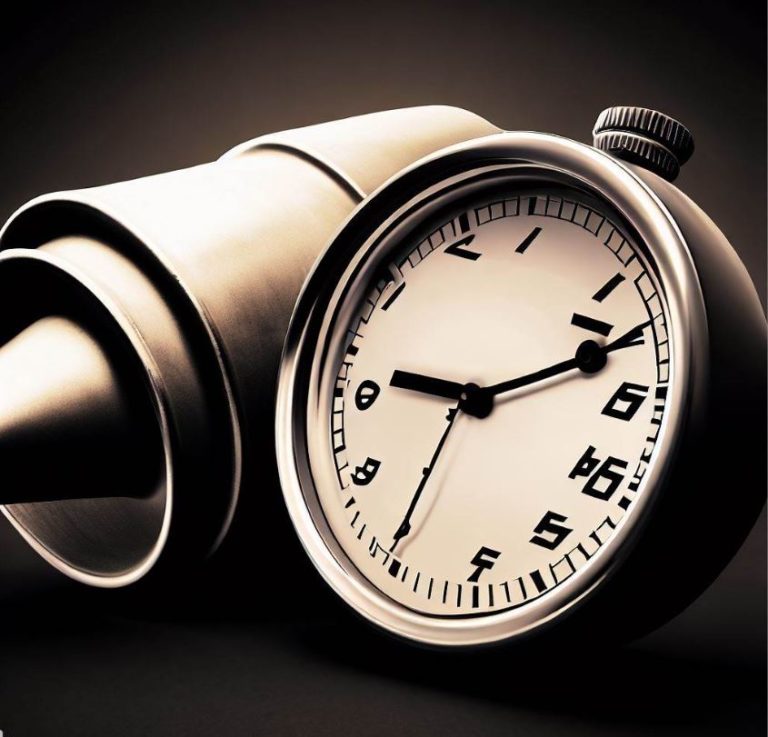Why Catalytic Converters Go Bad: A Comprehensive Analysis
Introduction:
Understanding why catalytic converters go bad is essential for maintaining the performance and longevity of your vehicle’s emission control system. A catalytic converter is a crucial component that helps reduce harmful emissions by converting toxic gases into less harmful substances. However, over time, catalytic converters may deteriorate or fail due to various factors. In this comprehensive analysis, we will explore the common reasons why catalytic converters go bad and provide valuable insights into how you can prevent or address these issues.
To ensure the credibility of our information, we will refer to the Catalytic System website (https://www.catalyticsystem.com) throughout this article. They offer in-depth resources and expertise on catalytic converters and their maintenance.
1. Insufficient Oxygen Levels
One of the primary causes of catalytic converter failure is an imbalance in oxygen levels. If the engine runs rich (excess fuel) or lean (insufficient fuel), it can disrupt the proper functioning of the catalytic converter. This imbalance affects the converter’s ability to perform its catalytic processes effectively, leading to reduced efficiency and potential damage.
To learn more about the impact of fuel imbalance on catalytic converters, visit https://www.catalyticsystem.com/fuel-imbalance-effects-on-catalytic-converters.
2. Contamination and Buildup
Contamination and buildup of substances such as engine oil, coolant, and unburned fuel can accumulate over time within the catalytic converter. This accumulation restricts the flow of exhaust gases and hampers the converter’s performance. Additionally, contaminants can chemically react with the converter’s internal components, causing damage and degradation.
Proper engine maintenance, including regular oil changes and tune-ups, can help prevent contamination and buildup. Learn more about maintaining a clean catalytic converter at https://www.catalyticsystem.com/maintaining-a-clean-catalytic-converter.
3. Overheating
Excessive heat can significantly impact the lifespan of a catalytic converter. High temperatures, often caused by engine problems or exhaust system malfunctions, can lead to thermal degradation and internal damage. Over time, the converter’s core materials may melt, crack, or become inefficient, resulting in catalytic converter failure.
To understand the temperature range of catalytic converters and their potential risks, refer to https://www.catalyticsystem.com/temperature-range-of-catalytic-converters.
4. Physical Damage
Catalytic converters are susceptible to physical damage from road debris, speed bumps, or accidents. External impacts can cause dents, cracks, or dislocation of internal components, affecting the converter’s performance. It is crucial to inspect the catalytic converter regularly and address any visible damage promptly.
If you suspect physical damage to your catalytic converter, consider reading the article on “Identifying a Bad Catalytic Converter: Key Indicators” at https://www.catalyticsystem.com/identifying-a-bad-catalytic-converter-key-indicators.
5. Age and Wear
Catalytic converters, like other components in your vehicle, have a limited lifespan. Over time, exposure to harsh conditions, chemical reactions, and normal wear and tear can degrade the converter’s performance. As the converter ages, its efficiency in reducing emissions may decrease, leading to potential failure.
To gain insights into the typical lifespan of catalytic converters and factors that influence their longevity, visit https://www.catalyticsystem.com/how-long-should-your-catalytic-converter-last-a-closer-look.
6. Incorrect Installation or Aftermarket Parts
Improper installation of a catalytic converter or the use of aftermarket parts that do not meet the necessary specifications can contribute to premature failure. The converter may not fit correctly, leading to leaks, inefficient exhaust flow, or inadequate emission reduction. It is essential to rely on reputable manufacturers and professional technicians for proper installation and the use of approved parts.
For more information on the impact of incorrect installation and the importance of genuine catalytic converter parts, refer to https://www.catalyticsystem.com/catalytic-converter-installation-guide.
Conclusion
In conclusion, understanding why catalytic converters go bad is crucial for maintaining your vehicle’s performance and complying with emission regulations. We have explored the common causes of catalytic converter failure, including insufficient oxygen levels, contamination, overheating, physical damage, age and wear, and incorrect installation or aftermarket parts.
To further enhance your knowledge on catalytic converters, we recommend reading the following articles:
“How Long Should Your Catalytic Converter Last: A Closer Look” at https://www.catalyticsystem.com/how-long-should-your-catalytic-converter-last-a-closer-look
“Timeframe for Catalytic Converter Replacement: A Practical Estimate” at https://www.catalyticsystem.com/timeframe-for-catalytic-converter-replacement-a-practical-estimate
Remember, addressing any issues with your catalytic converter promptly can help preserve its functionality and contribute to a cleaner environment.
- Upgrade Your Honda Accord with the Best Catalytic Converter for Enhanced Performance - October 30, 2023
- Boost Your Chrysler 300’s Performance with a High-Quality Catalytic Converter - October 30, 2023
- Enhance Your Jeep Liberty Performance with a Catalytic Converter - October 30, 2023









